The Complete Guide for Caregivers

Introduction
If you care for a loved one, you deserve a reminder that your work matters. You should also know that, although caregiving feels hard at times, you’re not alone. Caregiving often involves significant challenges, but a positive mindset and practical approach to caregiving responsibilities can empower you to excel in this role.
Whether you’re just beginning to step into a caregiving role or you’ve been caring for a family member for years, this guide should help you on your journey. Motivated by love and equipped with knowledge, you can care well for both yourself and your loved one.
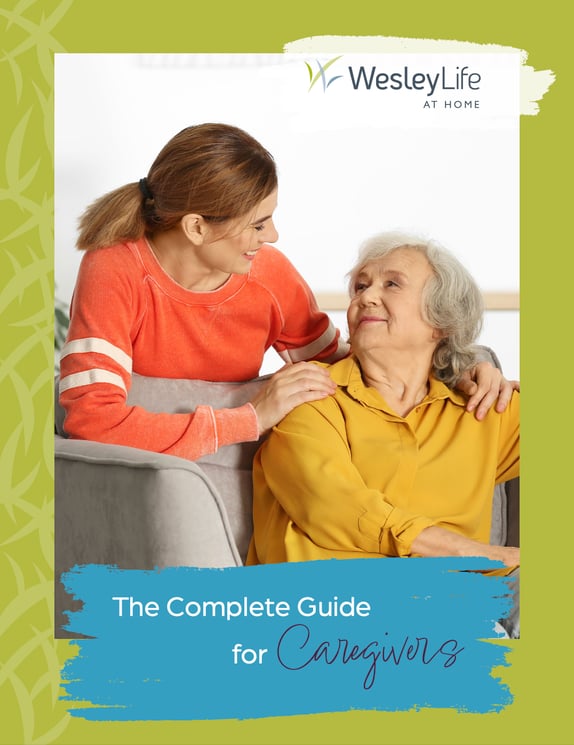
Download a PDF version of this guide by filling out this form, or keep scrolling to read.
Understanding the Caregiving Role
How to Be a Caregiver: A Quick Start Guide
Caregiving Responsibilities
Supporting Your Own Well-Being
Fostering Positive Relationships
Legal Considerations for Caregivers
Supporting Your Loved One Through Palliative Care
Navigating End-of-Life Care
Support for Caregivers
WesleyLife: Here for Your Loved One. Here for You.
- Understanding the Caregiving Role
- How to Be a Caregiver: A Quick Start Guide
- Caregiving Responsibilities
- Supporting Your Own Well-Being
- Fostering Positive Relationships
- Legal Considerations for Caregivers
- Supporting Your Loved One Through Palliative Care
- Navigating End-of-Life Care
- Support for Caregivers
- WesleyLife: Here for Your Loved One. Here for You.

Understanding the Caregiving Role
Let’s take a moment to understand the caregiving role and what it can mean for you.
How common is caregiving?
Most people don’t plan on becoming caregivers, but as the need arises, they may suddenly find themselves taking on the role. For example, your parent’s health may be in decline, or your spouse may be recovering from surgery. If you’re providing care for the first time, there’s a lot to get used to, but you’re in good company: As many as 22.3% of adults reported providing care or assistance to a friend or family member in the past 30 days.
Plus, among middle-aged and older adults who are not currently caregivers, 17.2% expect to provide care or assistance to a friend or family member with a health problem or a disability in the next two years.
What does caregiving entail?
Many people identify with the caregiving role, but the meaning of “caregiving” or “caregiver” can differ dramatically from person to person. Ask your peers how to be a caregiver, and you’ll receive a variety of answers. Caregiving takes many forms, with responsibilities ranging from occasional assistance to around-the-clock care.
For most people, caregiving falls somewhere between these extremes. More than one-third of caregivers report providing 20 or more hours per week of care. In other words, caregiving often amounts to a part-time job. If you’re already working a job or balancing other responsibilities and family obligations, you can easily become overwhelmed.
Caregivers in the “Sandwich Generation” tend to feel this challenge most keenly. Members of this generation often balance caring for an aging parent with raising or financially supporting their children.
Where does caregiving occur?
Caregiving generally occurs in the caregiver’s or care recipient’s home. In some cases, a caregiving relationship necessitates a change in living arrangements. For example, as a caregiver, you may:
- Move to be closer to your loved one
- Move in with your loved one
- Welcome your loved one into your home
- Move with your loved one into a home that better accommodates everyone’s needs
One study found that, when a parent requires care, adult children are approximately four times more likely to move in with their parents than parents are to move in with their children. Such a move, even if temporary, can be a major transition for a caregiver.
Sandwich Generation caregivers may live with children and (grand)parents under one roof. These multigenerational family households are becoming increasingly common in the U.S. According to Pew Research, the percentage of Americans living in multigenerational family households reached 18% in 2021 — more than twice the percentage in the 1970s.
Why do people become caregivers?
The path to caregiving can look different for each family. People may provide care to a loved one for a variety of reasons, including:
- Love for their relative: Many people feel that no one could love their grandparent, parent, spouse, or friend as much as they do. This love and intense desire to ensure a loved one’s well-being motivates many to take on the challenges of a caregiving role.
- Loved one’s preference: Some caregivers are motivated by their loved one’s desire to receive care from someone they’re already close to, as opposed to a professional caregiver. They may feel more comfortable with a close relative or friend assisting them, particularly with concerns such as personal care.
- A sense of duty or cultural norms: In some cultures, multigenerational living is extremely common, with adult children expected to show honor and appreciation for their parents by caring for them as they age.
- Financial considerations: Caregiving can impact your income if it necessitates cutting back on work hours or forgoing a career altogether. Even so, many families find that an informal caregiving arrangement better fits their budget than a professional one.
- Geographical proximity: When a caregiving need arises in a family, geographical proximity is often a consideration. For example, an aging parent may have several adult children, but if some live in other cities or states, the child who lives closest to the parent is likely to take on caregiving responsibilities.
- A sudden change in health: The decision to become a caregiver isn’t always carefully thought out. Many people find themselves launched into this role when a loved one experiences a sudden health change or crisis, necessitating care.
- Personal fulfillment: Although typically not the primary reason for becoming a caregiver, some people may gravitate toward this role because it brings a sense of purpose and personal fulfillment.
For many individuals and families, a variety of factors play into the decision to become a caregiver. However you find yourself in this position, you can embrace it with confidence and hope for the future.

How to Be a Caregiver: A Quick Start Guide
If you’re becoming a caregiver for the first time, you’ll want to approach this transition systematically. Laying the foundation at the outset will help you build a positive caregiving relationship over time. Consider these practices to help you start strong.
Learn about your loved one’s needs.
Educate yourself on your family member's medical conditions, medications, and any special needs. You can learn a lot by attending doctor's appointments with your loved one and conducting independent research using reliable sources such as MedlinePlus.gov or MayoClinic.org. Consider taking notes as you go; trying to remember everything can be challenging when you’re learning so much information at once. Your loved one’s abilities, needs, and treatment plan should inform the care you provide.
Communicate openly.
Whether in a caregiving dynamic or not, many relationship challenges can be traced back to poor communication. Encourage open communication with your loved one about their needs and preferences for caregiving arrangements. Even if you disagree on certain aspects of their care, listening to their viewpoint demonstrates your love and respect. Honor their wishes while sharing your concerns and desires for their well-being, and work together on a care plan that suits you both.
Establish a routine.
Collaborate with your loved one to create a daily and weekly routine that accommodates their needs and your other commitments. A predictable schedule provides stability and reduces anxiety for both parties. However, you should also remain flexible and adjust as necessary; view the routine as a helpful starting point.
Prioritize your well-being from day one.
When you’re starting out with caregiving, you might want to solely focus on your loved one’s needs, but doing so sets you up for failure. Create a sustainable plan that accounts for your personal needs to protect your mental and physical health and avoid caregiver burnout. See Chapter 4 for more guidance on prioritizing your well-being.
Understand legalities.
If your loved one experiences symptoms of dementia or would simply prefer to share the mental load of understanding their medical needs and making decisions, you may need to take some legal steps. For example, you’ll need HIPAA authorization to view your loved one’s medical records. See Chapter 6 for more guidance on these steps.

Caregiving Responsibilities
Caregiving responsibilities can look different for each family. No one-size-fits-all approach for how to be a caregiver exists, so families must work together to develop a plan that makes sense for their situation.
Some common examples of caregiver responsibilities include assistance with:
- Personal care: Tasks such as bathing and dressing, known as activities of daily living, can become challenging for some adults. Caregivers can assist with these tasks to make them less physically demanding and ensure their loved ones enjoy the dignity and physical benefits of good personal hygiene.
- Medication management: Managing a list of medications and ensuring doses are taken correctly and on time can be a challenge for anyone, but especially for an older adult with memory impairment. Caregivers can assist with medication management by picking up prescriptions, filling pill organizers, keeping medication records, and more.
- Mobility: If a loved one lives with mobility challenges, a caregiver might help them navigate their home. This may involve helping them transfer between sitting and standing positions, pushing them in a wheelchair, or assisting them as they use another mobility aid such as a walker.
- Meal preparation: At every age, delicious and nutritious food is one of life’s greatest pleasures and is essential to our health. Caregivers may help their loved ones by cooking and dropping off meals or assisting them in the kitchen. They can also sign up for Meals on Wheels to simplify food preparation and ensure ongoing access to tasty and nourishing meals.
- Household chores: Household chores, such as washing dishes, doing laundry, and cleaning, can be physically taxing. Caregivers often help with these ongoing tasks to take the physical strain off their loved ones and allow them to enjoy a clean, organized home.
- Transportation: Older adults may hang up their car keys for a variety of reasons, but the need for transportation remains. Caregivers can help their loved ones by accompanying them to appointments, driving them to the store, or dropping them off at social outings.
- Specialized medical care: Some caregivers help manage a loved one’s specific medical condition, such as Alzheimer's disease, diabetes, or post-surgical recovery. Caregivers must work with their loved one’s medical team to understand their role and tailor their care accordingly.

Supporting Your Own Well-Being
When caring for others, it’s easy to neglect your own well-being, but doing so can hurt both you and your loved one. Investing in your own mental and physical health helps you stay at your best so you can provide competent and compassionate care for as long as needed without overextending yourself.
Caregiving can present some significant challenges around mental well-being. Feelings such as stress, anxiety, and burnout are common among caregivers. Social isolation can also be a problem. Not surprisingly, a 2022 study found that caregivers who were involved in more intense and frequent caregiving experienced the highest levels of social isolation.
Isolation and negative emotions can take a toll on you and make it difficult to continue providing care. To support your mental health, consider these tips:
Make time for activities you love.
Maybe it’s going for a run twice a week, enjoying a few chapters of a good book each night before bed, or meeting up with friends for coffee and conversation. Activities that lift your mood and make you feel more like yourself are well worth prioritizing.
Let go of guilt and embrace your limitations.
You can’t be there for your loved one every moment of every day, and you may feel guilty about that. As you run into limitations in caregiving, consciously reject these unhelpful feelings of guilt. Take these opportunities to remind yourself how valuable your caregiving is to your loved one.
Seek support.
Caregiving can be isolating, but it doesn’t need to be. In addition to relying on family members or friends for help, caregivers can take advantage of a variety of resources to help them feel connected and supported. For example, you may be able to lean on respite care services or support groups. (We’ll discuss forms of support in more detail in Chapter 8.)
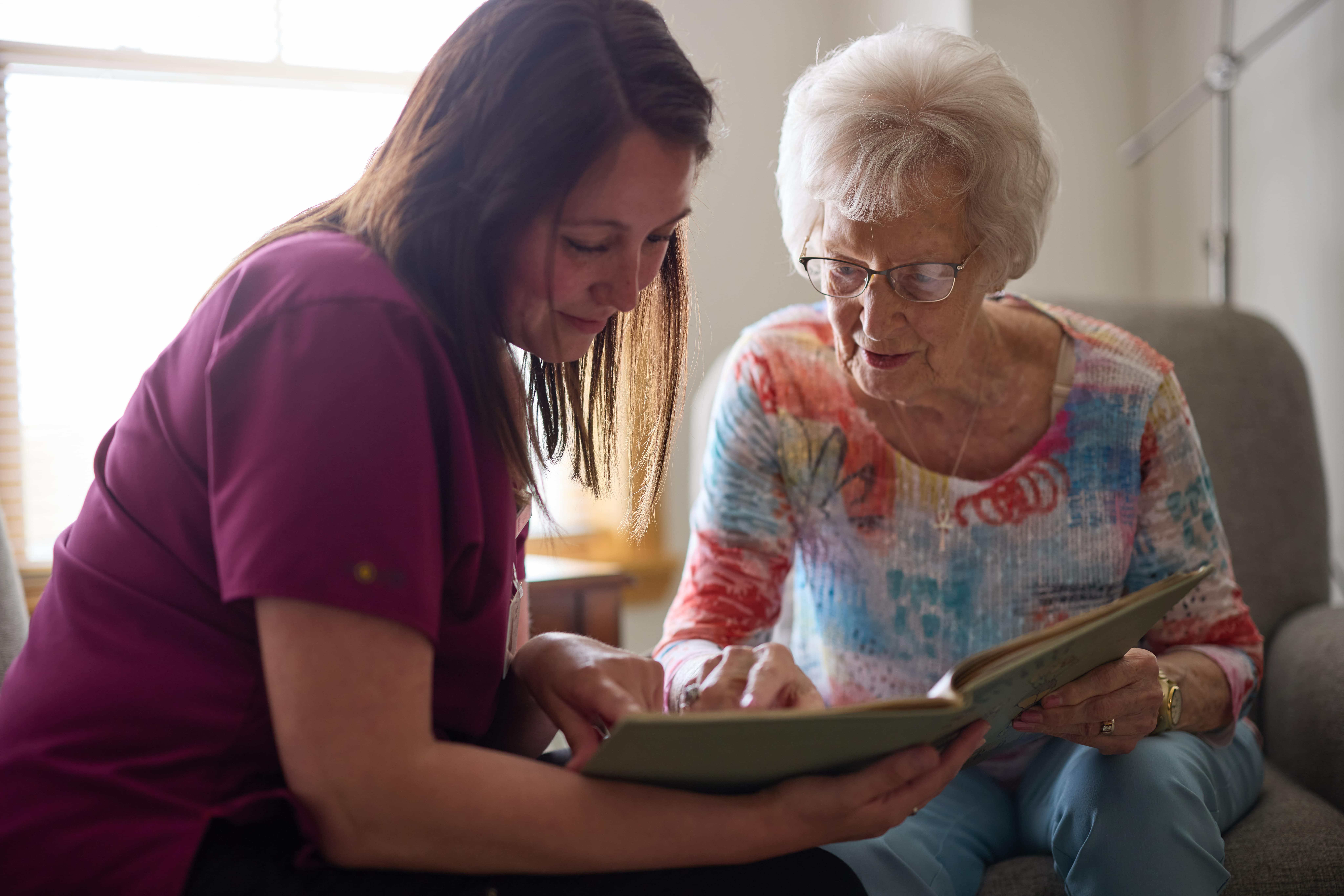
Fostering Positive Relationships
Just as you must stay attuned to your own mental and emotional needs, you should also keep this aspect of your loved one’s well-being in mind. Your care shouldn’t only be focused on addressing their physical needs. Your loved one may grapple with a range of negative emotions, from feeling like a burden to missing their old way of life. Understanding these struggles can help you encourage your loved one and show grace as you both navigate the caregiving dynamic.
Whether you’re cooking a meal, administering medication, or helping your loved one use the restroom, your care should be infused with empathy and love. Seize opportunities to make your relationship about more than caregiving. Something as simple as sharing a friendly conversation or a laugh can strengthen your bond.
Of course, emotionally supporting your loved one isn’t all up to you. Find ways to encourage interaction with other family members, friends, or even pets to ensure your loved one enjoys a variety of social enrichment.
If you find caregiving is negatively impacting your relationship with your loved one, don’t settle for dysfunction. Consider talking to a counselor to find ways to restore harmony. In some cases, family members can enjoy a better relationship when they opt for professional caregiving services and keep their relationship focused on enjoying time together.

Legal Considerations for Caregivers
Becoming a caregiver can involve some legal considerations. Any legal measures you take will depend on your specific situation, and you should consult with an attorney to ensure you craft a plan tailored to your family.
Depending on your loved one’s capabilities and preferences, you may take some of these legal steps:
- Obtain HIPAA authorization to access your loved one’s medical information and communicate with their healthcare providers.
- Ensure your loved one designates a healthcare proxy to make medical decisions if they are unable to do so themselves.
- Help your loved one create a living will that outlines their preferences for medical treatment and end-of-life care.
- Determine whether your loved one would like to give you power of attorney so you are authorized to make financial or healthcare decisions on their behalf if they become incapacitated. (If they don’t make this designation and become incapacitated, you would need to pursue guardianship or conservatorship through the court system.)
- Explore options for long-term care insurance or financial planning to ensure their future needs are financially covered.
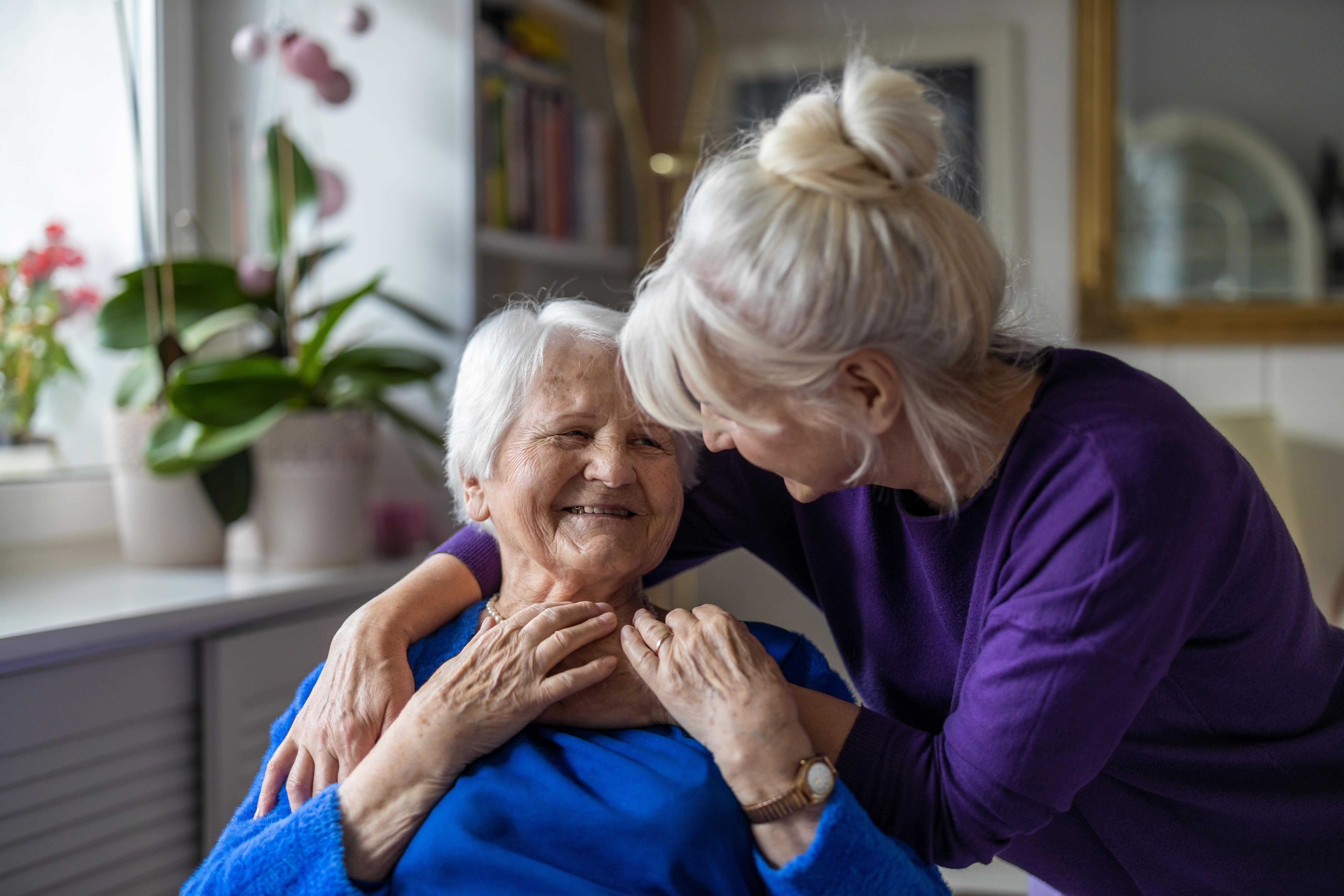
Supporting Your Loved One Through Palliative Care
Caring for a loved one with a chronic medical condition can come with unique challenges. You want to ensure their comfort and support them in pursuing the things that bring them joy, without being held back by chronic pain or other symptoms. However, you don’t need to manage their specialized care on your own.
Palliative care is an excellent resource for those with chronic medical conditions and their families. This interdisciplinary form of care is designed to support the complex needs of individuals with cardiovascular disease, cancer, chronic respiratory disease, or any other chronic illness.
Unlike hospice care, palliative care can coexist with curative treatments. That means your loved one doesn’t need to change anything about their current medical care; palliative care offers additional support. Your loved one’s existing medical team is likely focused on treating one or more specialty conditions, but their palliative care team will take a broader, more holistic approach, seeing the whole person.
Palliative care can consist of a variety of support services for both the client and family caregivers, including:
- Educating the client and their loved ones on topics related to their condition and treatment
- Assisting with developing care plans and advanced care planning (ACP)
- Coordinating the client’s care across multiple providers
- Managing symptoms
- Supporting the client and caregivers emotionally, psychologically, and spiritually
- Encouraging positive experiences and social interactions
Coordinating the client’s care across multiple providers can be the most helpful for caregivers. Typically, a family member takes on the critical work of coordinating doctors and prescriptions to understand the full picture of their loved one’s care and ensure there are no conflicting medications or treatments. A palliative care director can take over this responsibility and use their medical expertise to ensure your loved one’s care is optimized.
Talk to your loved one’s medical team to see whether they’re a good candidate for palliative care, or reach out directly to our palliative care team to learn more.
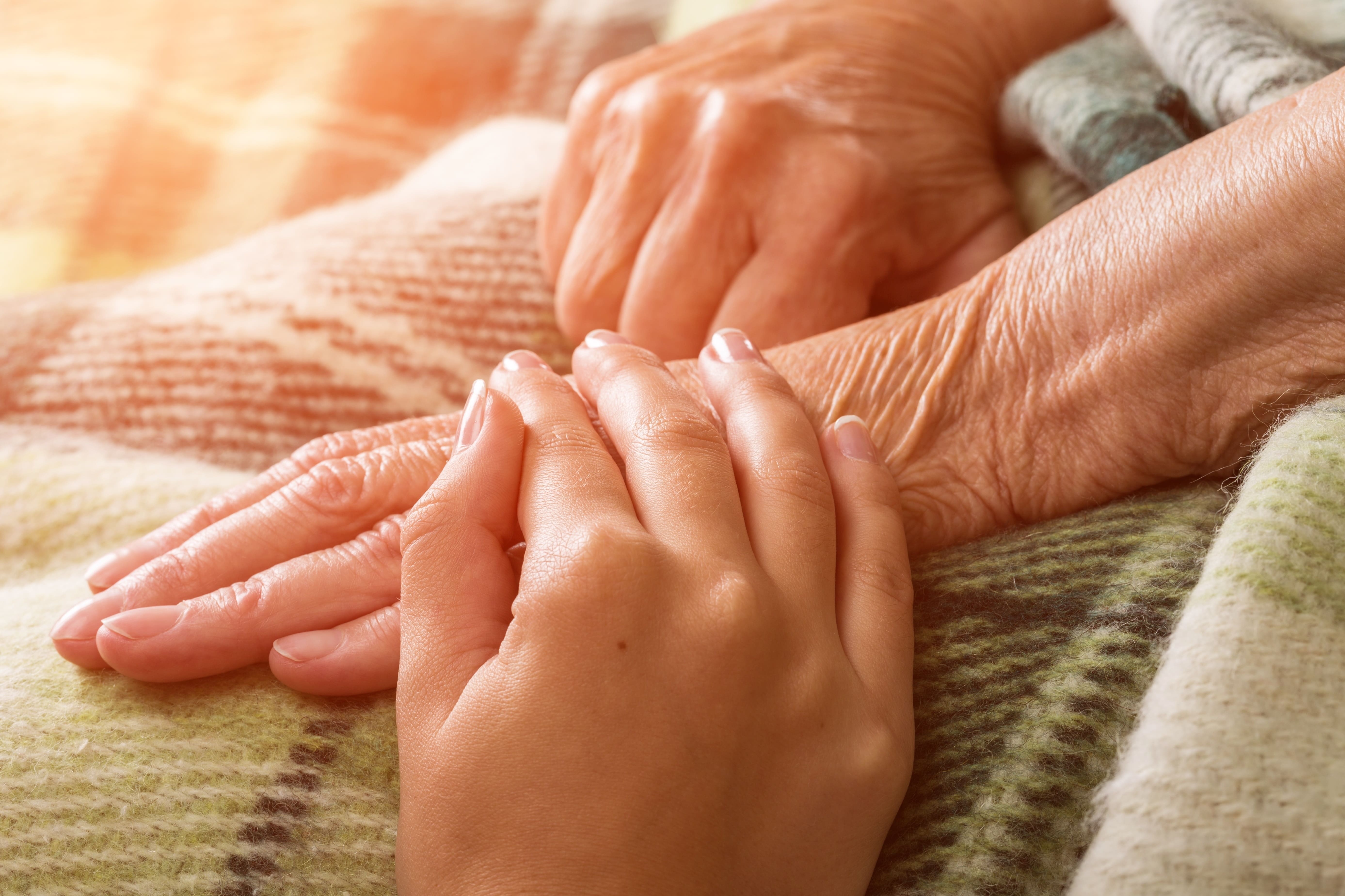
Navigating End-of-Life Care
In some cases, caregiving means facilitating care for your loved one during their final months, weeks, and days of life. Your caregiver role will evolve as your loved one’s needs evolve, and those changes can occur more quickly in this phase, so be prepared to regularly reevaluate how you can best support your loved one during this time.
You should also reevaluate your own needs during this uniquely challenging stage, not only as a caregiver but also as a spouse, child, or friend. As caregiving becomes more involved and you’re more keenly aware of your desire to spend quality time with your loved one rather than focus on the logistics of caregiving, you should consider pulling in professional assistance. One form of support you can lean on is hospice care.
Hospice care is a set of services designed to enhance your loved one’s well-being and comfort when they are diagnosed with a life-limiting condition. This care typically takes place in your loved one’s home and can include everything from skilled nursing care to counseling services. Determining when to call hospice differs for each family, but it’s well worth considering this option as soon as your loved one’s doctor gives a prognosis of six months or less.
Learn all about hospice in our Complete Guide to Hospice Care.
If you experience the loss of a loved one you’re caring for, you may feel a range of emotions and struggle to adjust to this new stage of life. Give yourself grace as you grieve the loss of your loved one, and take time to reflect on what you want the next stage of your life to look like. Finding ways to honor your loved one’s memory and pass down traditions can bring comfort. Also, keep in mind that hospice care includes bereavement support for caregivers so you can lean on someone during this difficult time.

Support for Caregivers
You don’t need to go it alone. Take advantage of resources and support that can lighten your caregiving load and enhance both your and your loved one’s well-being. Consider these options:
Technology
Today, you can benefit from a variety of tech tools to simplify tasks such as managing medications or scheduling appointments. You can also work with your loved one to set up tech systems in their home to enhance their safety and make communication easier.
Community Living
Community living is an excellent option if your loved one requires ongoing care. Even if they’re mostly independent, they can enjoy the amenities and social programming a senior living community provides when they move to independent or assisted living. Plus, if they’re in a community with a continuum of care, they can remain in that community if their needs change in the future.
Adult Day Services
Your loved one can enjoy programming at a senior living community even if they prefer to live with you. Adult Day services offer varied programming and peer social interaction that can enrich your family member’s life while providing you with valuable respite.
At-Home Services
If your loved one wants to stay in their home, you can augment or replace the care you provide by signing up for at-home services. Team members can offer help with routine tasks at home, run errands, and provide in-home medical support. Find the ideal frequency and level of care for your loved one’s needs, and enjoy peace of mind knowing a caring and competent professional is checking in regularly.
Caregiver Support Groups
When you’re feeling mentally and emotionally drained, turning to friends who understand what you’re going through can help tremendously. A caregiver support program provides a venue to share concerns and receive emotional support and advice from peers who are in a similar position as you. Adult Day services commonly offer these support programs, as do WesleyLife senior living communities.

WesleyLife: Here for Your Loved One. Here for You.
WesleyLife offers a range of senior living services in our beautiful communities and in clients’ homes. Whether your loved one needs occasional assistance or around-the-clock care, they can access the help they need from team members who are passionate about their well-being.
We’re also passionate about supporting caregivers like you. Take time to learn more about our senior living services, and download this guide as a resource to reference as you navigate your caregiving journey.
Caring for a parent, spouse, friend, or other loved one can be both rewarding and challenging. Remember: The work you do matters, and you don’t need to go it alone.
Download a PDF version of this guide
Simply fill out this form to receive a PDF version of our guide.
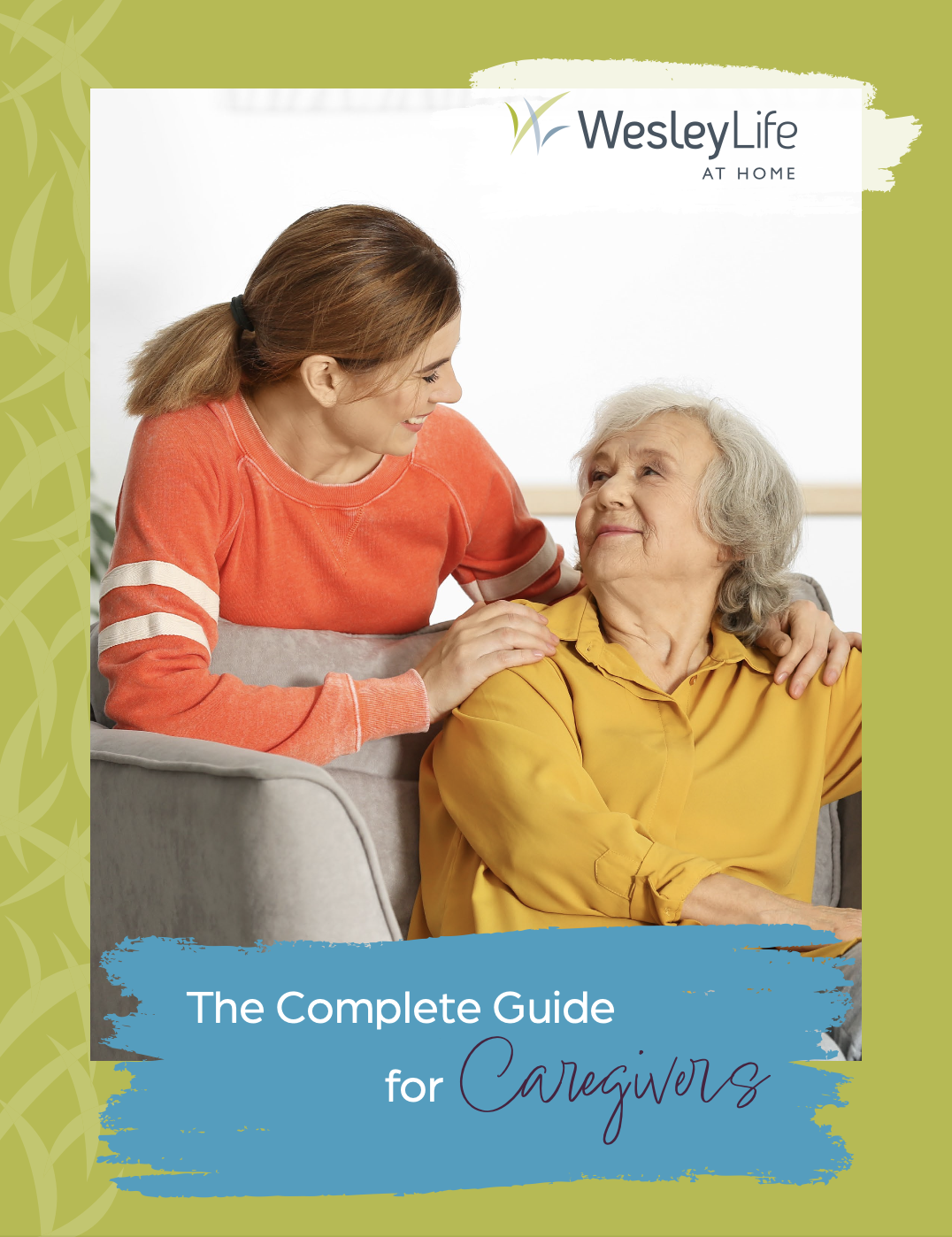

.jpeg?width=2000&name=AdobeStock_70569031%20(1).jpeg)


.jpeg?width=2000&name=AdobeStock_671811334%20(1).jpeg)
.jpeg?width=2000&name=AdobeStock_521991505%20(2).jpeg)
.jpeg?width=2000&name=AdobeStock_600793793%20(1).jpeg)
.jpeg?width=2000&name=AdobeStock_377958954%20(1).jpeg)
.jpeg?width=2000&name=AdobeStock_634392365%20(1).jpeg)
.jpeg?width=2000&name=AdobeStock_245958208%20(1).jpeg)